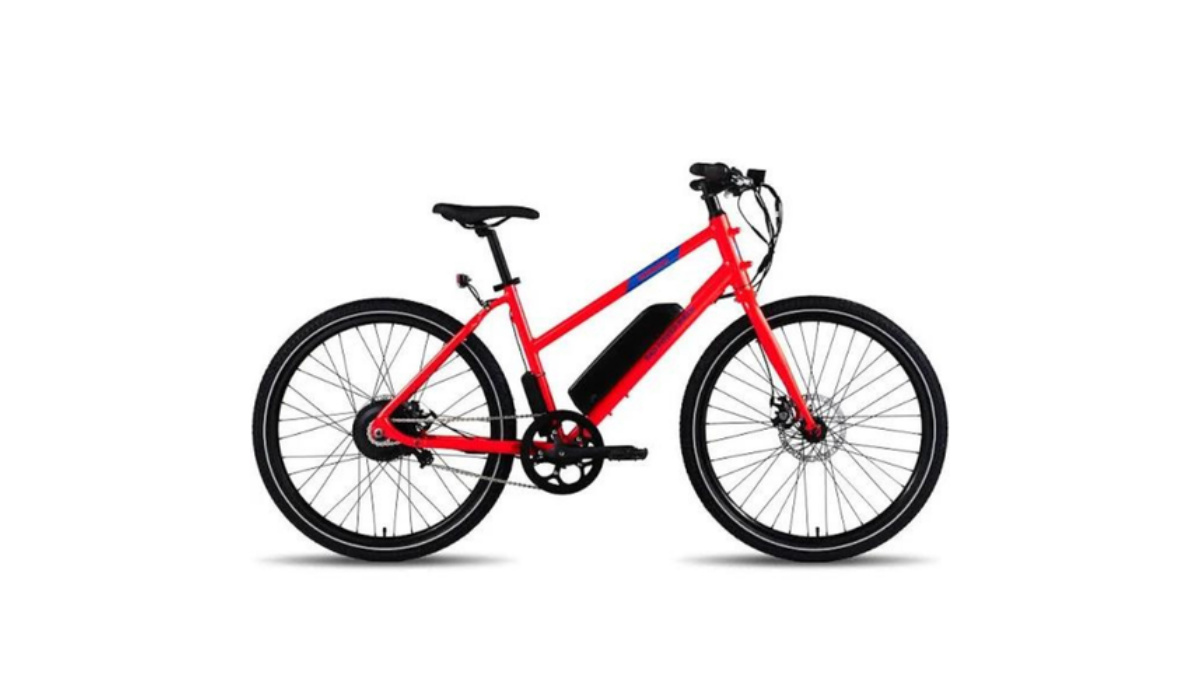Electric bikes (electric bicycles) have gained tremendous popularity in recent years, offering an eco-friendly and convenient mode of transportation. As their popularity continues to rise, many people are curious about their functionality. One common question that arises is whether you can ride an electric bike without pedaling.
There are different types of ebikes, and some allow you to ride without pedaling, while others require that you pedal. Let’s look at the mechanics of electric bikes to understand how they operate and explore the possibilities and limitations of moving without pedaling.

Table of Contents
Understanding Electric Bikes
To grasp the concept of an electric bike, it’s important to understand its components. Electric bikes, also known as e-bikes, are equipped with an electric motor and a battery system. These components distinguish them from traditional bicycles. The electric bike motor provides additional power to aid the rider, making pedaling easier and more efficient. The battery system supplies the necessary energy to run the motor.
How Electric Bikes Work
There are two primary modes of operation for electric bikes: pedal-assist and throttle mode. In pedal-assist mode, the motor provides assistance while the rider is pedaling. It amplifies the pedaling effort, making it easier to tackle inclines or ride at higher speeds. On the other hand, throttle mode allows riders to engage the motor without pedaling. By using a handlebar-mounted throttle, the rider can control the speed and power of the electric bike solely through the motor.
Can you ride an electric bike without pedaling?
The short answer is yes, an electric bike can move without pedaling, thanks to the throttle mode. However, it is important to consider the limitations and factors that come into play. The functionality of an electric bike’s motor allows it to propel forward even without pedaling. However, the speed and distance covered solely by the motor’s power are influenced by various factors. These include the capacity and charge level of the battery, the power output of the motor, and the weight of the rider and the bike itself.
It is worth noting that legal regulations and restrictions regarding electric bikes might differ depending on the region. Some jurisdictions only permit electric bikes to move with motor assistance when the rider is actively pedaling. Therefore, riders should familiarize themselves with the specific laws governing electric bikes in their area to ensure compliance.
When you ride an electric bike without pedaling: Benefits and Drawbacks
Moving without pedaling can be advantageous in certain situations. For instance, riders who have physical limitations or fatigue may rely on throttle mode to continue their journey. It can also be beneficial when maneuvering through congested areas or for a quick burst of speed when needed. However, relying solely on the motor’s power has its drawbacks. It can drain the battery quickly, reducing the overall range of the electric bike. Additionally, continuous motor use may lead to increased wear and tear on the motor and battery system.
Safety and Practical Considerations
While moving without pedaling is possible, riders should exercise caution and be aware of safety considerations. Attentiveness and control are essential, especially when relying on motor power. It’s important to maintain situational awareness and adjust the throttle settings accordingly to maintain a safe and comfortable speed. Regular maintenance of the battery system is crucial to ensure optimal performance and prevent unexpected power loss during rides.
Last words
An electric bike can indeed move without pedaling, thanks to the throttle mode available in many models. However, the extent and limitations of pedal-free operation are influenced by various factors such as battery capacity, motor power, and regional regulations. While the ability to move without pedaling provides convenience in certain situations, it’s crucial to strike a balance between relying on motor power and utilizing pedal-assist to optimize battery life and overall riding experience.
As the popularity of electric bikes continues to soar, understanding their functionalities and limitations will empower riders to make informed choices and fully enjoy the benefits of this sustainable mode of transportation.

